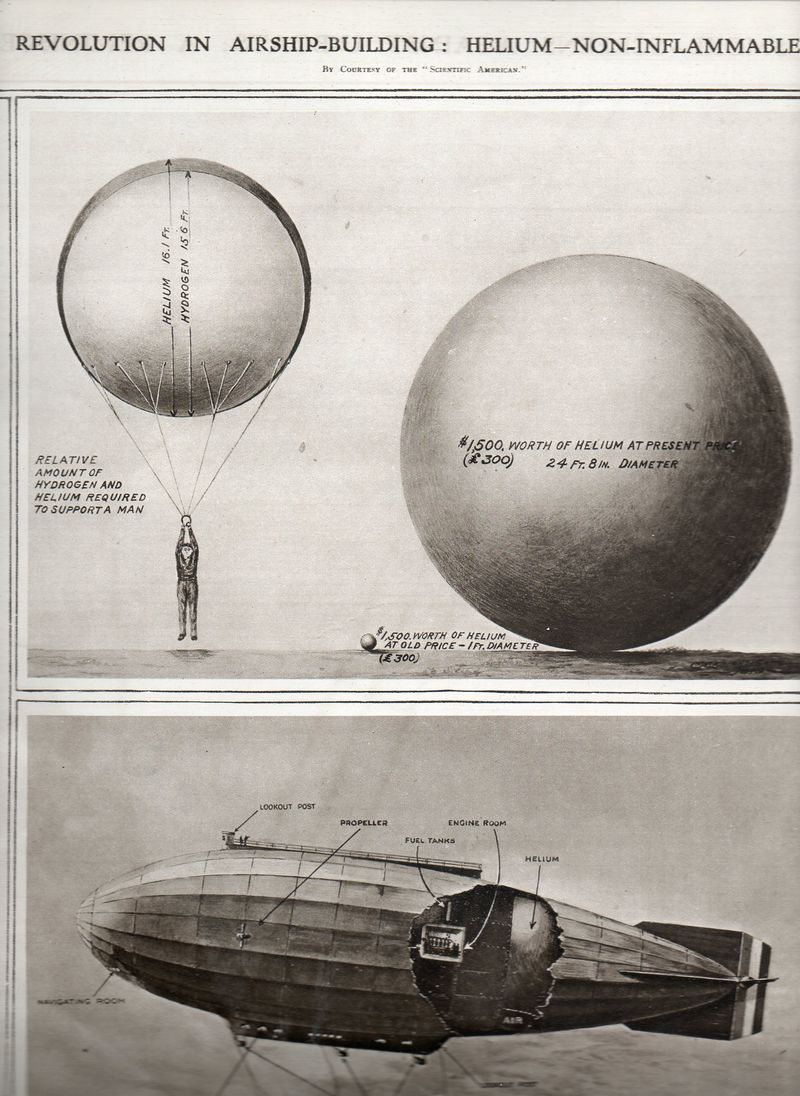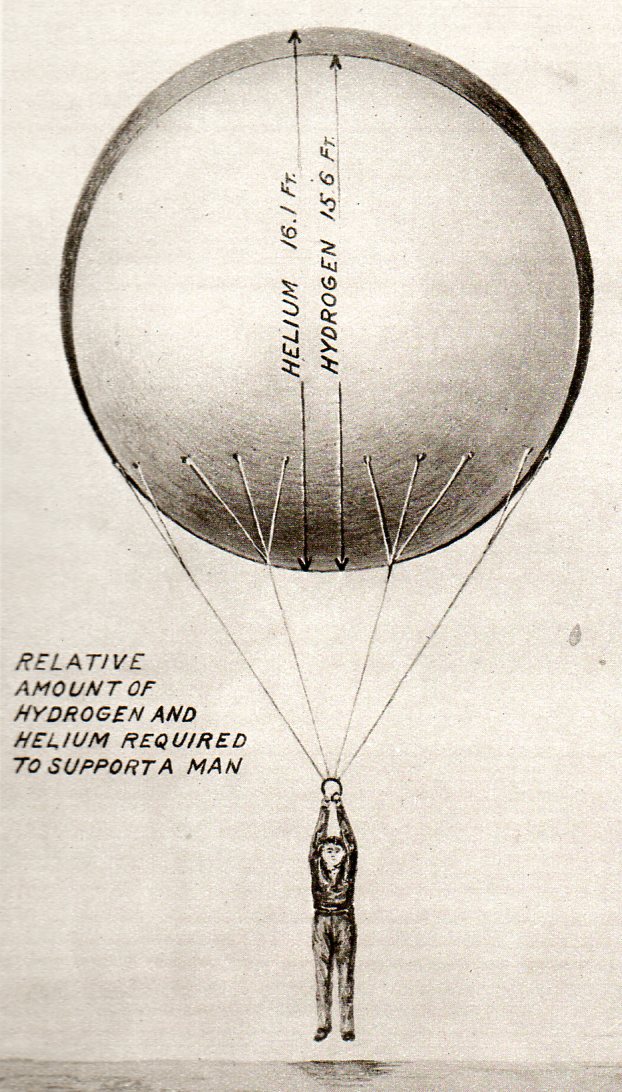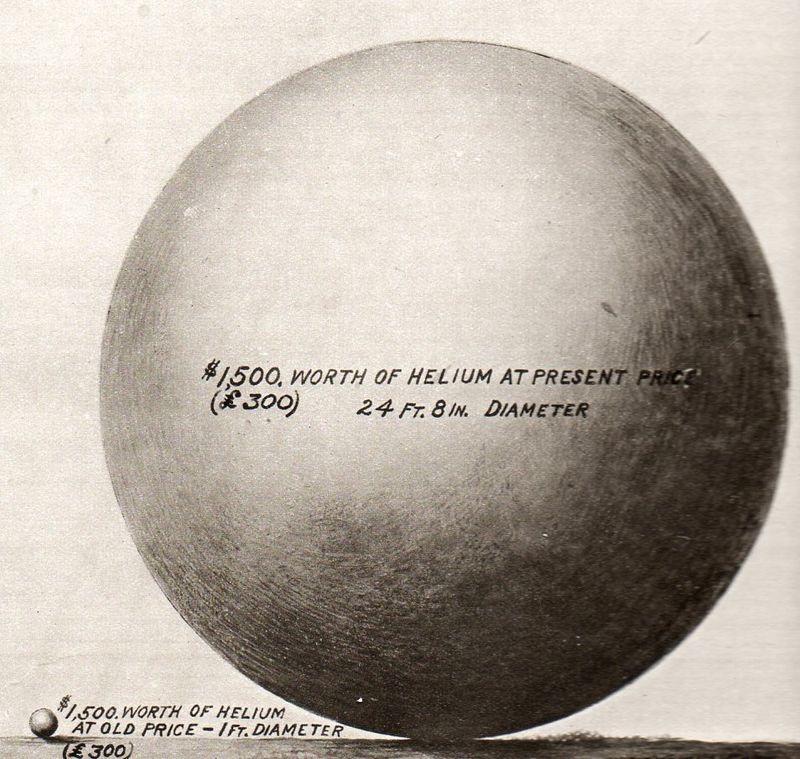JF Ptak Science Books Post 1089
 I guess we don’t think much of the rarity of some things. Pepper and other spices were at one point quite rare, and the source of invention and exploration, and war. Nutmeg, for example, a sought-after spice originating from the Banda Island group of Indonesia, once figured in a trade between Holland and England (the Treaty of Breda in 1667) that landed the Dutch the island of Run and control of the nutmeg trade, while the Brits got Manhattan.
I guess we don’t think much of the rarity of some things. Pepper and other spices were at one point quite rare, and the source of invention and exploration, and war. Nutmeg, for example, a sought-after spice originating from the Banda Island group of Indonesia, once figured in a trade between Holland and England (the Treaty of Breda in 1667) that landed the Dutch the island of Run and control of the nutmeg trade, while the Brits got Manhattan.
Another great example is helium. When these images were produced for The Illustrated London News of 15 March 1919, rigid airships were filled with hydrogen, an explosive, not-happy gas that was the fuel of all manner of aerostatic accidents, everywhere. Helium was still quite rare at this point, a year after the end of WWI and only 54 years after it was first observed1, and replacing hydrogen with helium was still yet a dream–basically because there wasn’t any, yet, to supply a dirigible2.
The first helium-filled airship was still two years away at this point–the U.S. Navy’s great C-7, which made its maiden flight on 1 December 1921. When the USS Shenandoah flew in 1923, it flew with most of the world’s entire supply of the noble gas helium. Its difficult today to think of pepper, nutmeg, sugar, helium and so on in terms of fabulousness and rarity, but it was so. Remember, when Capt Bligh was jettisoned from the HMS Bounty, the ship’s precious cargo was also thrown overboard. And the great treasure that sparked the Tahitian adventure that sparked the mutiny? Breadfruit.
Notes
1. Observed for the first time by astronomer and early astrophysicist Pierre Janssen, in the spectrum of the chromosphere of the sun, in 1868; separated for the first time on Earth in1895 by the British chemist Sir William Ramsay.
2. By the way, “dirigible” is from the French, “diriger” (or “to direct “), meaning steerable, pilotable. This differentiates the dirigible from the balloon, which was not by and large steerable.






Helium is becoming rather scarce once again. I remember reading a while back that we were pretty much out of the stuff (helium on earth is a byproduct of radioactive decay and what little we have has accumulated over eons)and once we are out, we are out.
Posted by: Aaron Kralik | 17 July 2010 at 10:56 PM
I've been following your blog for several weeks now and I'm glad that I found it: I learn something w/ each of your posts and, even better, what I learn usually sparks a direction of inquiry for me to follow. I'm enjoying keeping my brain limber! Thank you.
Posted by: Nancy Ellis | 19 July 2010 at 04:52 PM
I think hydrogen is not quite an explosive in the way we usually think of explosives (TNT or little blobs of plastic explosive used by bad guys and the men who defeat them). It burns hotly in the presence of oxygen, releasing a lot of energy. If confined, it may well explode out of its confines. The hydrogen in the Hindenburg burned impressively but did not explode anything. And that satisfies my daily need for pickiness.
Posted by: Jeff Donlan | 21 July 2010 at 10:09 PM